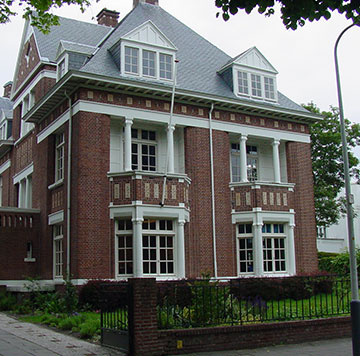RFTU-02 - Rapid fire session from selected oral abstracts
Leveraging Telepharmacy To Extend The Scope Of Pharmacist Practice, Reduce Pharmacist Burn-out And Mitigate The Impact Of Global Workforce Shortages: A Case Study.
- By: AZER, Katrina (Consultant Pharmacist, New Zealand)
- Co-author(s): Ms Katrina Azer (Consultant Pharmacist, Canterbury, New Zealand)
- Abstract:
??????????
The global pharmacist workforce is under immense pressure, from the impact of climate change to pandemics; the pressure on pharmacists is palpable. This calls for a solution that allows pharmacists to provide continuity of patient care while enduring sector pressures and prioritizing their well-being. Telepharmacy has been under the spotlight recently, but little has transpired about how it may apply in clinical pharmacy practice.
???????
This study aims to investigate the potential of telepharmacy to expand the scope of pharmacists to remote areas, embed them in various healthcare settings, ensure continuity of patient care, alleviate workforce shortages, and reduce pharmacist burnout. Specifically, the hypothesis is that telepharmacy, when fully leveraged with the use of digital telecommunication and information technologies, can be a feasible solution for expanding the scope of pharmacists by integrating them remotely into any healthcare setting, to provide pharmacist-led services.
??????
A case study of my current role as a primary care digital pharmacist was used to test the hypothesis. I embedded virtually in a general practice setting to remotely provide medication management and patient counselling services. Over two years, I virtually undertook medicine optimization activities, such as medicine reviews, medicine reconciliation, medicine counseling, clinical education for clinicians, and responding to clinical queries. Qualitative feedback from patients, prescribers, and nurses and quantitative data around medication adherence and pharmacist interventions were obtained throughout the 2 years. Patient consultations and prescriber interactions were undertaken virtually via a fit-for-purpose, collaboratively designed, secure medical application.
???????
The feedback received from 10 practitioners and 30 patient follow-ups strongly supports the case for the remote integration of a pharmacist in general practice through telepharmacy. Prescribers reported reduced administrative task burden, nurses reported a reduction in time spent answering medicine-related patient queries and medicines reconciliation activities, and patients reported a better relationship with their provider, increased medicines understanding and adherence, and improvements in biomarkers (e.g., HbA1c, BP).
The pharmacist reported better work-life balance and productivity, better clinical decision-making, and greater job satisfaction.
The significance of this model of care is that it could be replicated to allow pharmacists to collaborate and integrate remotely into community pharmacies and various healthcare settings. It can enable patient access to pharmacist services during unprecedented events such as pandemics or natural disasters and can alleviate workforce shortages.
??????????
The results of this case study indicate that telepharmacy is a feasible solution for embedding pharmacists remotely within general practice or any healthcare setting to provide pharmacist-led services. However, it is limited by a small sample size and is a case study. Further research is needed to build on this hypothesis, inform policy, and develop a bigger strategy around managing and extending the scope of the pharmacist workforce using telepharmacy.
The findings also suggest the potential benefits of telepharmacy beyond the primary outcome of being accessible to and improving patient outcomes; it enables access to a scarce workforce and reduces pharmacist burnout.
Future research could explore how to optimize telepharmacy integration into clinical practice and identify potential barriers to its implementation.

